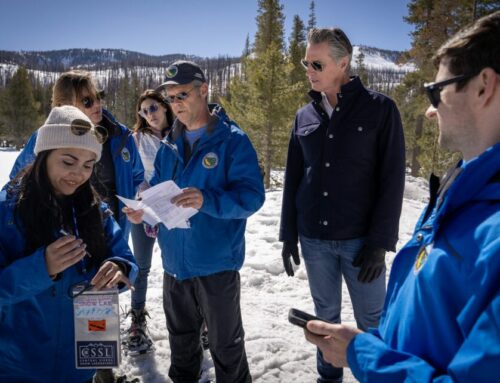by Greg Walcher, E&E Legal Senior Policy Fellow
As appearing in the Daily Sentinel
A common expression says, “You can’t have your cake and eat it, too.” That makes no sense, as one cannot eat cake if one doesn’t have cake. Of course, that is not how the saying really goes; it’s just a modern lazy version. The idiom dates from 1546, when John Heywood wrote, “would you both eat your cake and have your cake?” By 1611 John Davies explained it as “A man cannot eat his cake and have it still.” That makes more sense, but it’s easier just to say, “you can’t have it both ways.”
That is the conclusion of a Colorado Supreme Court ruling that has finally addressed decades of argument about whether one has the right to wade and fish in streams that flow across private property. The case began with activist Roger Hill, who pushed the issue by purposely “trespassing” in the Arkansas River on private land in Fremont County. The landowner threated him, called the sheriff, even threw rocks at Hill, who sued, and the matter has been in court for years.
The case attracted dozens of briefs from a wide array of groups raising varying and contradictory arguments. Some argued “public trust doctrine,” asserting a public right to all natural resources including water. Others argued the “equal footing” doctrine, the constitutional principle that new states have the same rights as existing states. That is an issue because federal law granted states joining the union the title to riverbeds in waterways that were “navigable” at the time of statehood. Streambeds that were not navigable were later given to the adjacent landowners.
That is the crux of this dispute, since Hill’s case (and numerous others over the years) is based on the assertion that the state owns the riverbeds under the Arkansas, Taylor, Gunnison, South Platte, Poudre, Fryingpan and other rivers where there have been similar legal challenges. The question, therefore, comes down to a simple factual decision on whether that stream was navigable at the time of statehood (1876 in Colorado’s case), and therefore belongs to the state and not the landowner.






